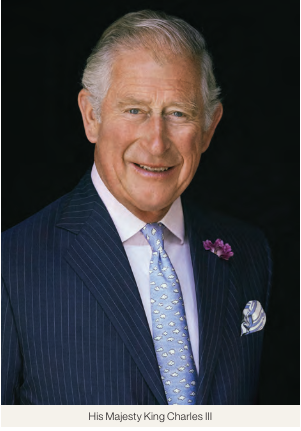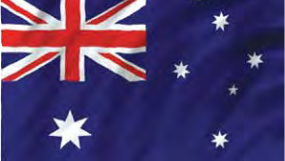The Australian Constitution divides the power of government between the legislative (Parliament), executive
(for example the Prime Minister and the Cabinet) and judicial powers (judges), to stop one person, or one group, from holding all the power.
Legislative power
Legislative power is the power to make laws. Parliament has the power to make and change the laws in Australia. Parliament is made up of representatives who are elected by the people of Australia.
Executive power
Executive power is the power to put the laws into practice. The Executive includes the Prime Minister, Australian government ministers and the Governor-General. Ministers are responsible for government departments.
Judicial power
Judges have the power to interpret and apply the law. Courts and judges are independent of parliament and government.
These powers are written into the Australian Constitution.
Who is Australia’s Head of State?
Australia’s Head of State is the King of Australia, His Majesty King Charles III.

The King of Australia appoints the Governor-General as his representative in Australia, on advice from the Australian Prime Minister. The Governor-General acts independently of all political parties. The King does not have a day-to-day role in government.
In each of the states there is a governor who represents the King in a role that is similar to the Governor-General.
Constitutional monarchy
Australia is a constitutional monarchy, which means that the King is Australia’s Head of State, but has to act in accordance with the Constitution. As the King does not live in Australia, his powers are delegated to the Governor-General in Australia.
The Australian system of parliamentary democracy reflects British and North American traditions combined in a way that is uniquely Australian. In the Australian system, the leader of the Australian Government is the Prime Minister.
The role of the Governor-General
The Governor-General is not part of the government and must remain neutral.
The Governor-General’s role includes:
- signing all Bills passed by the Australian Parliament into law (this is called Royal Assent)
- performing ceremonial duties
- approving the appointment of the Australian Government and its ministers, federal judges and other officials
- starting the process for a federal election
- acting as Commander-in-Chief of the Australian Defence Force.
The Governor-General also has special powers known as ‘reserve powers’ that can only be used in specific circumstances.
Who are some of Australia’s leaders?
| Head of State | The King of Australia |
| Governor-General | The representative of the Head of State in Australia |
| Governor | The representative of the Head of State in each Australian state |
| Prime Minister | The leader of the Australian Government |
| Premier | The leader of a state government |
| Chief Minister | The leader of a territory government |
| Government minister | A Member of Parliament chosen by a government leader to be responsible for an area of government |
| Member of Parliament (MP) | An elected representative of the people in the Australian Parliament or a state parliament |
| Senator | An elected representative of a state or territory in the Australian Parliament |
| Mayor or Shire President | The leader of a local government |
| Councillor | An elected member of a local council |




